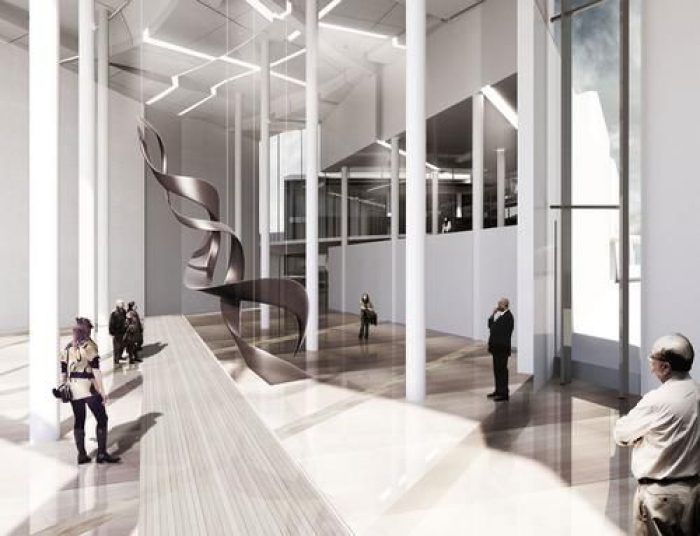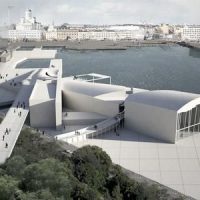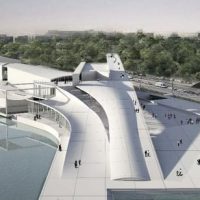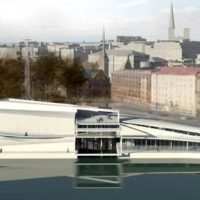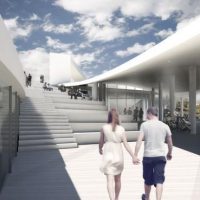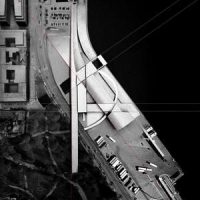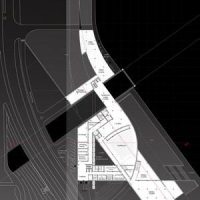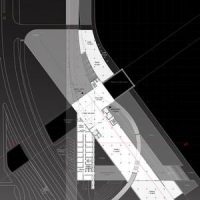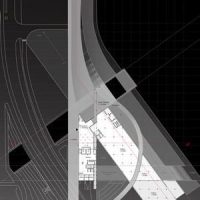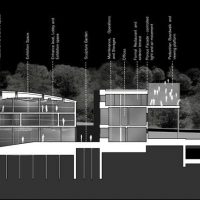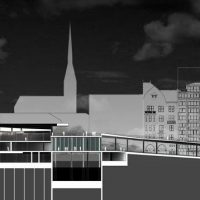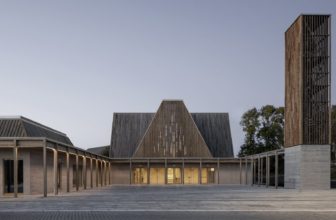The Guggenheim Museum, Helsinki
SPARK Architects have a history with out of the box competition entries. But their entry for the new Guggenheim Museum set to be built in Helsinki is not only out of the box, but a stack of boxes rather! Using a rather interesting framework of boxes, SPARK has managed to create what looks like a game of tetris, with one half of it having fallen off!
The existing urban edges of the city define a triangular building mass and by lifting their main exhibition space off the ground, SPARK has attempted to create a continuity between the urban fabric and the water by allowing the public and the museum programme to float freely underneath. This spacious entrance, according to SPARK has been their attempt at designing a space that acts as a translator between the Urban condition, the public and the museum spaces.
This light structure has been conceptualised in Finnish wood and SPARK has managed to make full use of the diverse nature of a grid framework. It shapes diverse spaces, such as galleries, atrium-like spaces and informal exhibition spaces beyond the physical confines of a building.
One of the most attractive features in the interior of this museum is a 24 metre high atrium in the raised exhibition space that results in this T-shaped hybrid space that combines the qualities of a horizontal exhibition space with those of a vertical one, hence providing the museum the possibility of having a three dimensional display at any point of time.
For a city like Helsinki going through such large scale changes on an urban scale, SPARK’s design for the Guggenheim Helsinki aims to serve as a symbol for a dynamic 21st Century city. It shifts the boundaries between what’s open and closed, urban and art, and creates new opportunities to display, link and create arts within the city.
By: Shamita Chaudhry
- courtesy of SPARK
- courtesy of SPARK
- courtesy of SPARK
- courtesy of SPARK
- courtesy of SPARK
- courtesy of SPARK-plan
- courtesy of SPARK-plan
- courtesy of SPARK-plan
- courtesy of SPARK-plan
- courtesy of SPARK-section
- courtesy of SPARK-section


